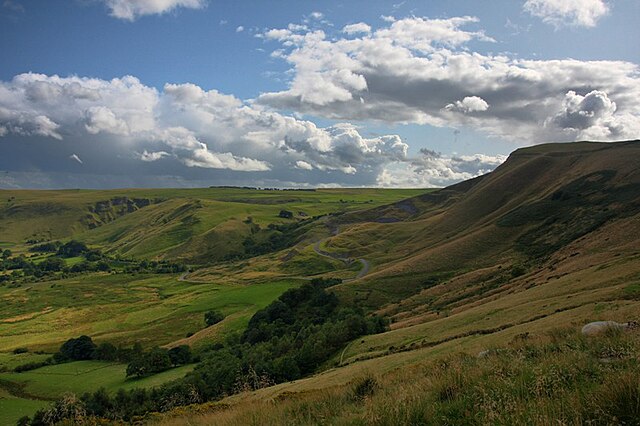Exploring the Peak District: A Natural Treasure

Introduction
The Peak District National Park, established in 1951 as the first national park in the United Kingdom, covers an area of 1,437 square kilometres across Derbyshire, Cheshire, and Staffordshire. Renowned for its stunning landscapes, diverse wildlife, and rich cultural heritage, the Peak District attracts around 13 million visitors annually. This remarkable area plays a vital role not only in promoting tourism but also in conserving nature and supporting the local economy.
Natural Beauty and Outdoor Activities
The Peak District is famous for its breathtaking scenery, featuring rolling hills, dramatic cliffs, and picturesque valleys. The park’s diverse ecosystems support numerous species of flora and fauna, making it a biodiversity hotspot. Popular areas within the park include the Dark Peak, known for its rugged moorlands, and the White Peak, characterised by limestone dales and lush pastures.
Outdoor enthusiasts flock to the Peak District for activities such as hiking, cycling, and rock climbing. There are numerous walking paths, including the well-known Pennine Way, which stretches 268 miles through the northern part of the park. Additionally, the opening of new bike trails has made the area even more accessible for cyclists of all skill levels.
Cultural Significance
The Peak District is not just about natural beauty; it is also steeped in history and culture. The area is home to several historic towns and villages, including Bakewell, known for its famous tart, and Castleton, with its stunning caverns. Cultural events, such as the well-known Bakewell Show—a celebrated agricultural event—highlight the region’s rich rural traditions.
Moreover, the Peak District has inspired a plethora of artists, writers, and musicians throughout history. Famous figures such as writer Jane Austen and poet Arthur Rimbaud have drawn inspiration from its landscapes. Today, the park continues to serve as a muse for contemporary artists and filmmakers alike.
Conclusion
As climate awareness grows and outdoor activities become more popular, the Peak District is poised to maintain its status as a vital recreational and conservation area. Local authorities are increasingly focused on sustainable tourism, ensuring that the park’s natural beauty can be preserved for future generations. The continued investment in infrastructure and conservation efforts indicates a positive outlook for the Peak District, promising an enduring legacy of natural splendor and cultural richness. For nature lovers and adventure seekers, the Peak District National Park remains an unparalleled destination well worth exploring.









